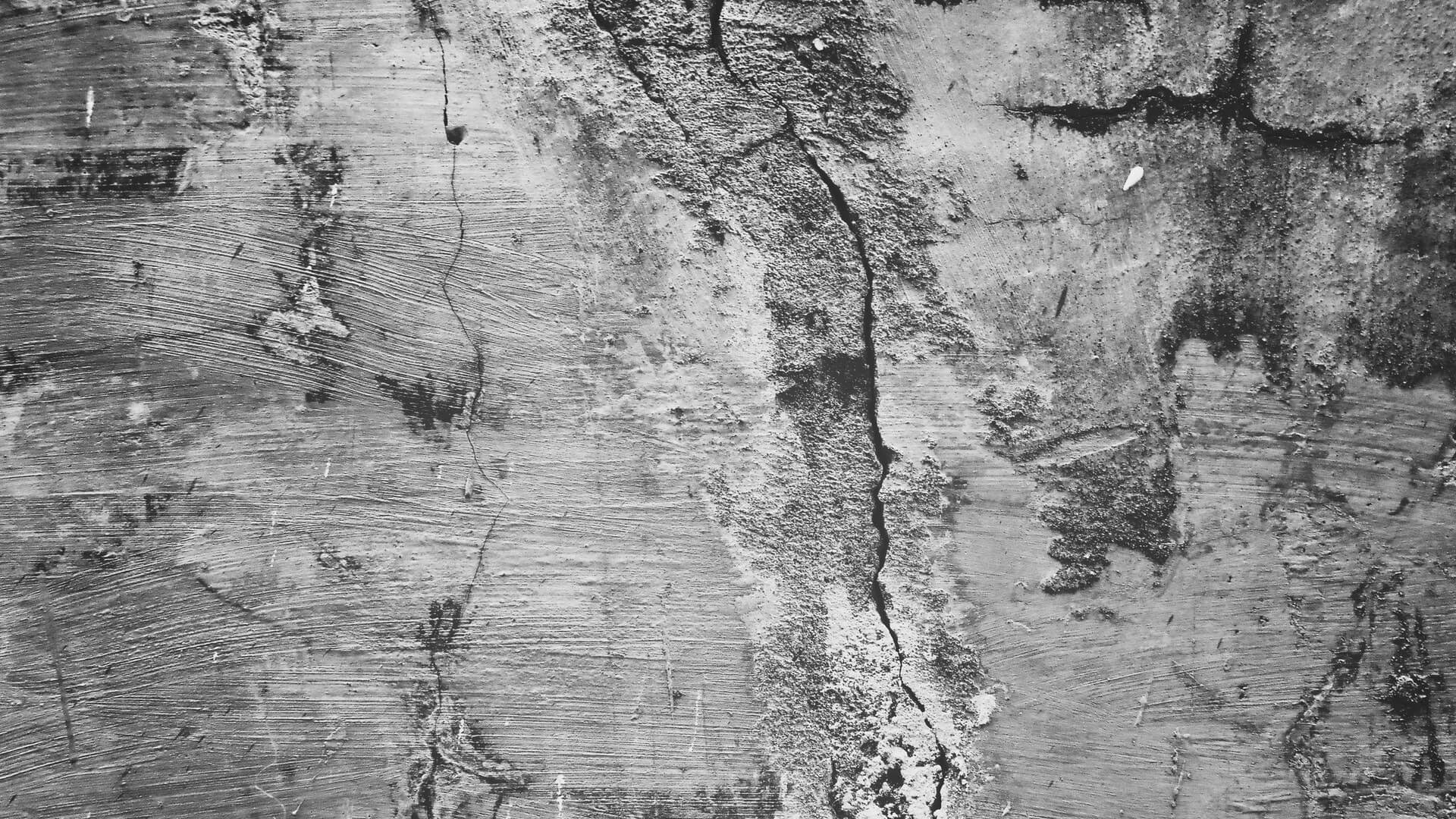Foundation cracks are relatively common in old and new houses. In fact, 25% of all new houses ultimately face such structural issues. While some cracks may indicate a severe warning, many are often harmless. Regardless, cracks are a big concern for house buyers and homeowners who are worried about the repair costs. Here, we dive into the reasons behind foundation cracks, the types, and how to deal with them.
How to Diagnose Cracks in Your Foundation
If you are hesitant to call a professional or unsure of the severity of the problem, observe the cracks over time. If there is a size change, you can take other measures. A widening crack is a worrying sign and indicates damage to your foundation. If the size does not change for more than six months, simply fill it in. An easy way to do this would be to mark the size of the crack to keep checking if it expands. Note down the exact widths with you. Such information would also help an expert in case the situation arises.
Types of Cracks and How to Deal With Them
There are multiple types of cracks, and identifying yours can help you assess the potential damage.
Vertical Foundational Cracks
Settling in the foundation is the most common cause of vertical cracks. Settling is a natural change in the foundation, initiated mainly by weather or time. They are also called shrinking cracks as the concrete shrinks as it cures. As stated by their name, they form straight vertical lines within walls or floors. Primarily, they are narrower than 1/8th inches in width. The narrower the crack, the less concerning. If it\’s closer to 1/8th of an inch or greater, they are not caused by shrinkages and should be checked.
Repairing vertical cracks that occur because of settling is usually cheap and easy. Use epoxy or urethane injections to mend the cracks. This is done by drilling small holes into the front of the crack, after which a sealing material is injected with pressure to ensure the crack is sealed. Not only is this effective, but also permanent and usually comes with a warranty of up to fifty years.
Diagonal Foundation Cracks
Diagonal cracks run at a 30 to 75 degrees angle from the vertical. One side of the crack may be broader and more prominent than the other side. These can occur whether the house is new or old, and changes in the foundation\’s base trigger them. While not necessarily dangerous, they should be monitored as they may hint toward uneven settling. Extreme weather such as droughts or heavy rain can worsen these.
The exact process used to repair vertical cracks is used for diagonal cracks, but the amount of material injected is greater for diagonal cracks. The method gets more complicated in cases of differential settling, as you will have to call a home inspector to determine the extent of damages and foundation repair needed.
Horizontal Foundation Cracks
Horizontal cracks run in a straight horizontal line. Unlike vertical cracks, these can be quite hazardous. Caused by intense external hydro pressure, they can lead to the entire foundation collapsing. Heavy rain or floods can result in acute damage, despite foundations being built to sustain water pressure. Make sure to get these checked and update your drainage systems. A poor drainage system can increase the pressure a foundation has to take.
Stair-Step Cracks
Similar to the pattern of a diagonal crack, these run at an angle across the walls or floors but in a stair-step manner. The most common reason is an uneven settlement or soil pressure, which causes cracking among the mortar joints between the bricks. If the cracking is limited to the mortar joints, this is not alarming and can be fixed by re-pointing the mortar. However, if it extends to the bricks by displacing them, it can get pretty severe. In this case, you have to involve a professional engineer or home inspector to determine the gravity of the situation and understand how to fix it.
Endnote
The bottom line is that many houses have cracks for various reasons. The type of crack can help you gauge what action plan you need, but consulting a professional never hurts. Whether you are buying a house or are just concerned for your own, always call an inspector and get it checked.

































